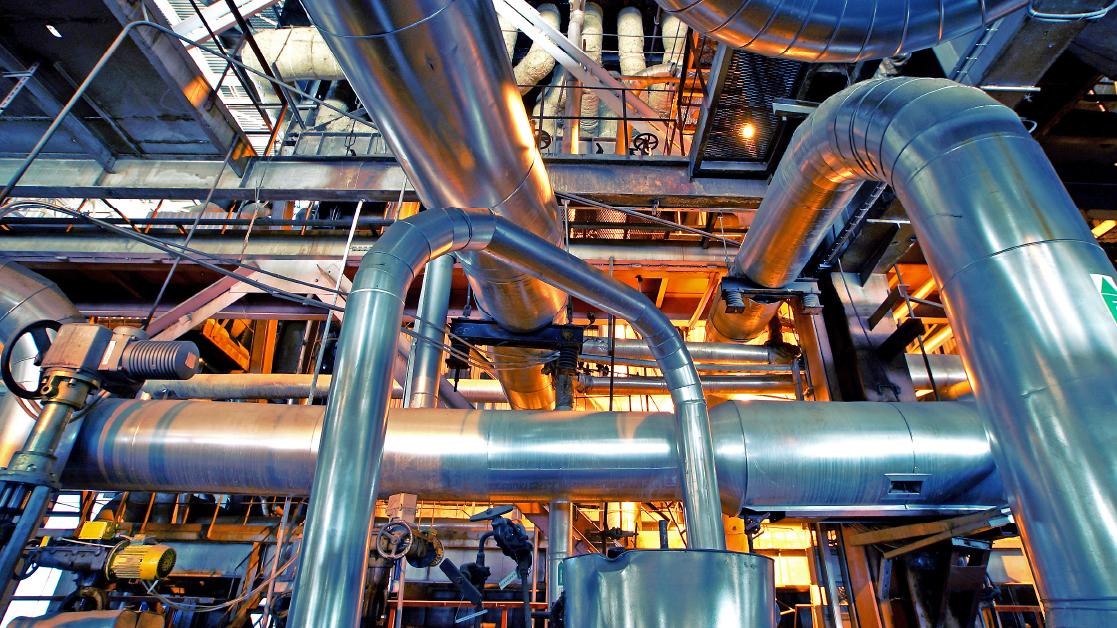In our recent claims briefing, published in November 2022, we highlighted that we have seen a noticeable increase in R&W claims involving condition of asset issues. The current economic downturn creates the conditions for this trend to continue as some companies may look to reduce CAPEX spends on new assets or push out planned maintenance on older assets in order to free up cash. We are finding that these claims are often for large amounts even though no multiple is usually involved, as demonstrated by the fact that they made up 12% of our high-severity ($10m plus) and 18% of our medium-severity ($1m to $10m) notifications over the last 18 months. With many condition of asset claims being quantified as the cost of repairing or replacing the relevant asset, the current high inflation economic environment is likely to drive up the size of these claims further. The result is that condition of asset claims are front and center of many R&W insurers minds as we move into the new year, especially in the Americas where coverage for these types of issues is more common than in other markets.
Our experience is that infrastructure orientated companies in the energy and utilities sectors are particularly susceptible to condition of asset issues together with manufacturing businesses with large, high throughput capital equipment. We often find that there is more to these types of claims than initially meets the eye when it comes to any coverage assessment. For example, the dividing line between a breached condition of asset representation and ordinary ‘wear and tear’ (which is a standard carve-out) is, in many cases, a matter of subjective opinion and can be difficult to determine. This is particularly the case where there is a long gap between the acquisition and the claim being reported as this makes it harder to ascertain the condition of the relevant asset at the time that the representations were given. There are also various quantum-related issues to consider. This is because if an asset (or part of an asset) is repaired or replaced then it may have some ancillary benefits that would not have otherwise been enjoyed. For example, the asset in question may run more efficiently, or it may require less maintenance (and, therefore, ongoing CAPEX or downtime) than originally envisaged or its useful life (and, therefore, value) may be extended. These benefits will need to be factored into the loss calculation. That is why, in our experience, the key to resolving these types of claims efficiently is to involve subject matter experts from the outset who really understand the asset and the knock-on effects of any issues.
A common theme in many of the condition of asset claims that we have seen is that the issue in question has been latent, making it very difficult — if not impossible — to identify before it manifests as a problem. Examples include fatigue cracks in critical machinery, construction defects in buildings, and corrosion to pipelines. The evidence suggests, therefore, that even when good quality due diligence has been carried out there is an appreciable risk that significant issues may still fall between the gaps. This risk is exemplified where the assets in question are difficult to access (e.g. in the case of underground pipes or cables) or are too numerous to due diligence individually (e.g. in the case of a solar panel farm) or cannot practicably be due diligenced in their entirety (e.g. in the case of very complicated pieces of machinery constructed from many thousands of highly engineered components).
It is perhaps surprising, given the above, that we continue to see sellers being prepared to give wide-ranging representations that speak to the condition of the target’s assets in their entirety and are not knowledge qualified. Instead, the main safeguard relied on by seller is that these representations will invariably contain a materiality qualifier which effectively serves to disqualify the buyer from bringing a claim in respect of relatively minor issues. However, in the Americas, where it is common practice to scrape materiality for the purposes of the policy, insurers do not enjoy the same protection. This is likely to put insurers in an increasingly difficult position of having to decide, on some deals, whether to stand behind these representations unamended or to adjust coverage for them in some way for the purposes of the policy. Indeed, based on recent claims experience, we have already taken the decision that we will no longer underwrite gas turbine deals without a condition of asset exclusion in respect of the turbine, although this does mean that, where we do quote, we are able to do so at a materially lower price than before.
Regardless of the above, it is likely that insurers will become increasingly focused on the quality and extent of the due diligence that has been carried out by the buyer, especially in respect of assets that are essential to the target’s operations. Investigations may extend what extent it has been checked that the assets in issue are still under warranty, that maintenance has been carried out on the assets at regular intervals and in accordance with the manufacturer’s recommendations, that questions have been asked around the causes of any unplanned downtime, repair history, and whether there is other insurance in place that could potentially respond to a loss (such as machinery breakdown cover). If the buyer has only due diligenced a sample of assets (because there are too many to inspect individually) then insurers will also be looking to check that the sample of assets diligenced is representative of target’s asset base both in terms of ensuring that all key asset classes are in scope and that not only the newest of the in-scope assets are the subject of the sample.
It is important that buyers and their deal team advisors adapt accordingly and start preparing for this increased scrutiny now in order to maintain a smooth underwriting process, especially on deals where condition of asset issues are likely to be a heightened area of concern. In the meantime, insurers will be closely monitoring whether this helps to stem the flow of large claims that the market is seeing in respect of condition of assets issues or whether they need to be taking additional steps to manage their exposure.

